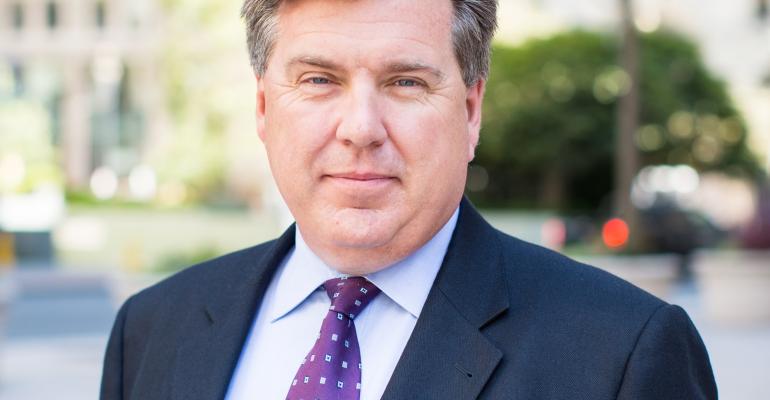For decades, dealers have queried financial advisers about projected moves in interest rates. “Are rates going up or down?”
The informed but vague answer was, “Yes,” indicating rates would do one or the other. Since 1981, interest rates have trended down, with numerous increases and decreases along the way.
Today’s rates are slightly up from their 35-year low, making operating interest expense in dealerships near historic lows. It’s great for business, no question.
This environment is changing. Today the answer to the interest rate question seems obvious: Rates are going up.
The Federal Reserve increased its benchmark interest rate by 0.25% in June for the fourth time in 18 months. All indications are that the Fed will continue to increase rates.
The Presidio Group often is asked how dealership valuations are affected by rising interest rates. We see three key drivers reducing dealership valuations in an increasing rate environment:
- Higher financing costs to acquire and operate dealerships.
- Higher returns demanded by dealership acquirers and investors.
- Higher customer financing costs resulting in lower sales and thus lower profits at dealerships.
Since the March 15 interest-rate increase, the U.S. Treasury Note’s 10-year yield has averaged approximately 2.30%. To illustrate the return hurdles required by dealership buyers, we apply this risk-free return to a simplified dealership valuation.
First, assume the dealership generates $10 million in annual pre-tax profits and buyers would require a 20% annual return on their equity investment in today’s interest-rate environment.
We have assumed this would result in a $100 million valuation to produce this 20% return with 50% equity and 50% debt financing.
Second, analyze the effect of 2% and 5% increases in the 10-year Treasury yield to 4.30% and 7.30%.
In the +2% scenario, a $100 million dollar investment would need to generate an additional $2 million in cash flow to compensate for the 2% risk-free rate increase. If investors are not able to realize these higher required returns from a dealership, financing dollars will leave the industry for higher return or lower risk investments.
As a result, the valuation for the dealership business decreases 22% to $78 million from a 2% increase in interest rates.
Similarly, a +5% scenario would drive the value of the dealership down by 42% to $58 million.
To further complicate the scenario, profits generally decrease in a rising interest-rate environment, with pressures from tighter consumer credit and increased borrowing costs.
We simply decreased profits to $9 million in a +2% interest-rate environment and to $8 million in a +5% environment but realize the pressure on profits could be more substantial.
James Taylor is managing director of the Presidio Group . He can be reached at [email protected]





